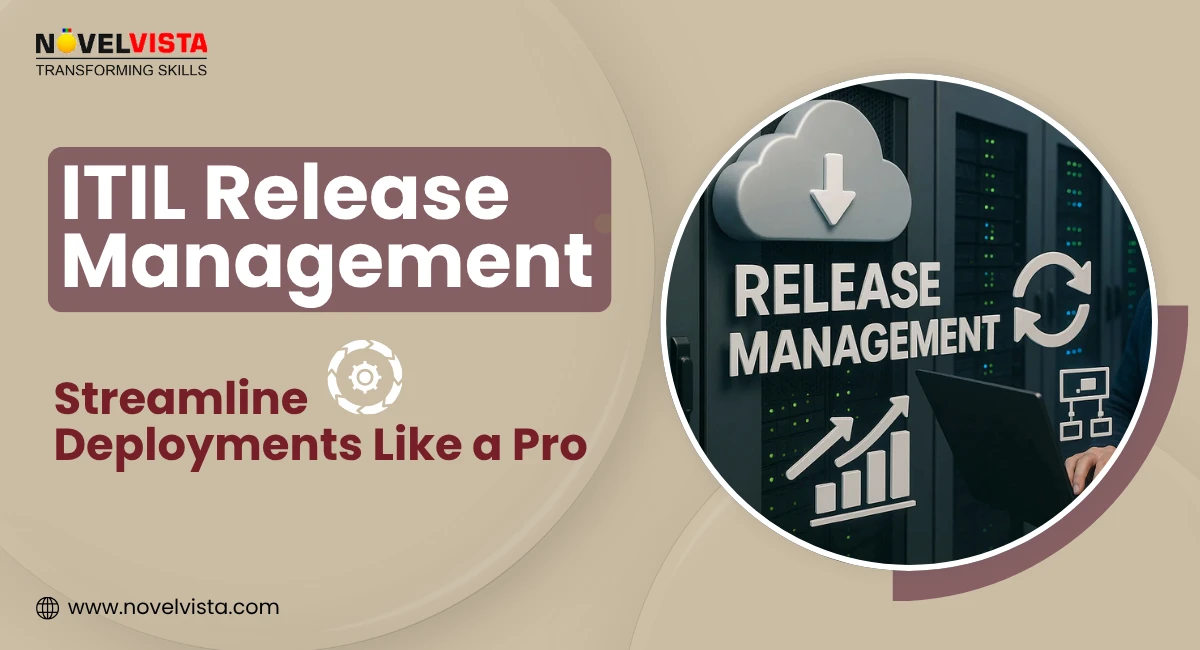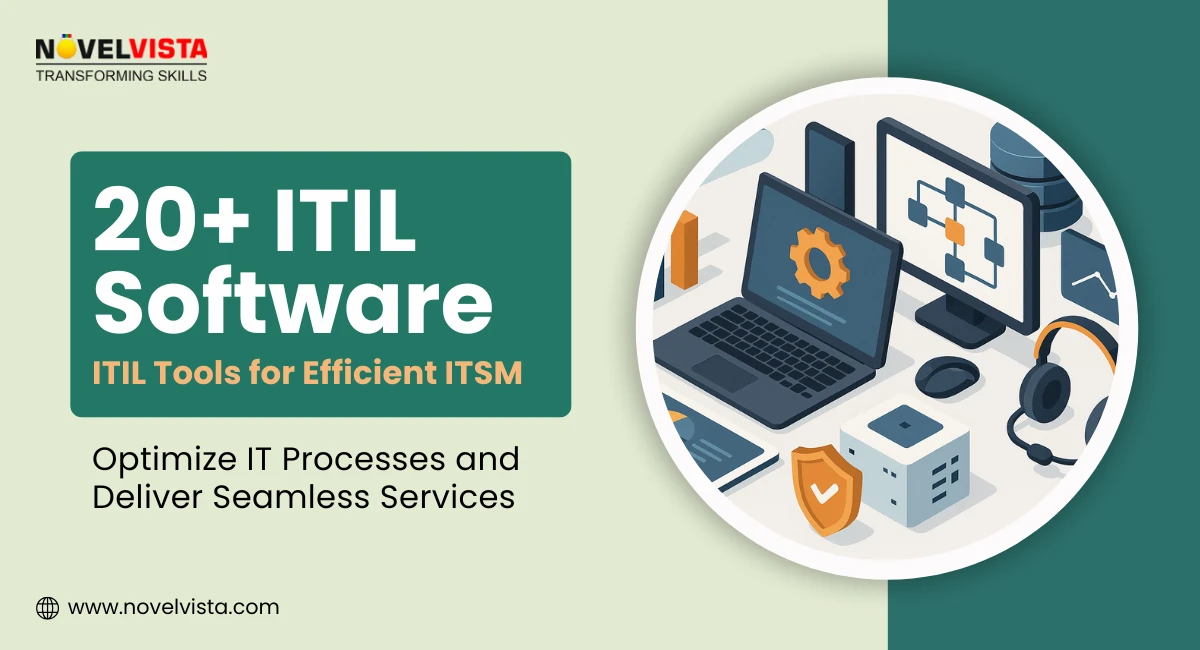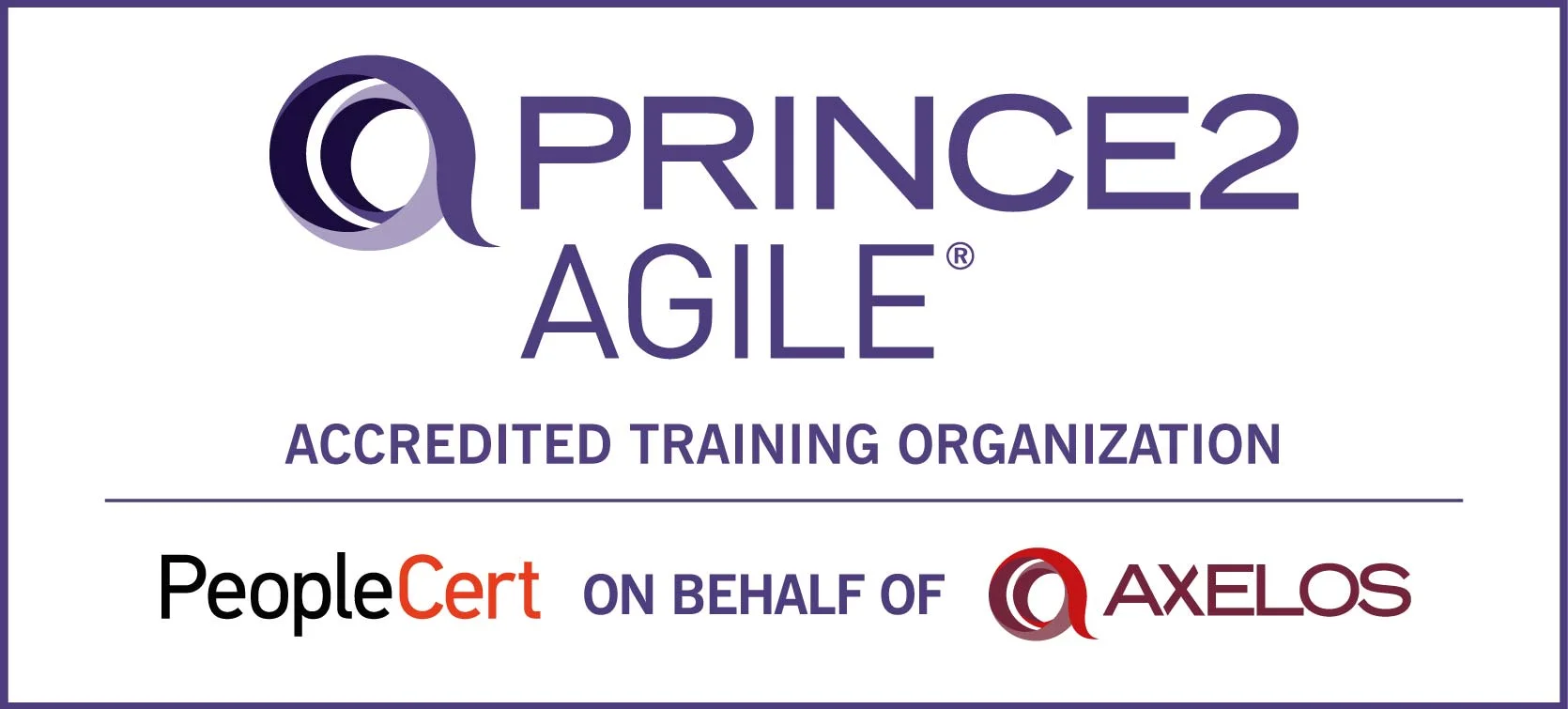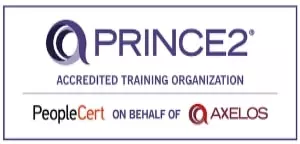- Build a Strong Centralized Ticketing System
- Use Automation to Boost IT Service Desk Management
- Create a High-Value Self-Service & Knowledge Base Portal
- Provide Multi-Channel Support Without Losing Consistency
- Set Clear and Measurable SLAs
- Invest in Ongoing Training and Skill Development
- Track the Right Metrics for Better IT Service Desk Cost Control
- Encourage User Feedback and Open Communication
- Integrate Continuous Improvement for Sustainable Results
- Conclusion
- Next Step
Let’s start with something every IT team quietly admits but rarely says out loud: the service desk can either be the smartest part of the business or the most expensive one. When processes get messy, tickets pile up, and users get confused, IT support quickly becomes a cost center. That’s where Service Desk Best Practices make all the difference.
Teams follow these practices not because they want more documents or checklists, but because they want fewer surprises. A well-managed desk helps control IT Service Desk Cost, makes daily work smoother, and creates a support experience people trust. When things are simple, automated, and consistent, IT Service Delivery Improvement stops feeling like a buzzword and starts becoming normal.
And the best part? You don’t need a huge budget or a massive team. You just need the right habits and the right structure.
Build a Strong Centralized Ticketing System
A solid support system always starts with one thing: a unified ticketing platform. It’s the backbone of Service Desk Best Practices, because everything else depends on how well your team captures, tracks, and resolves issues.
Here’s why centralization matters:
- It cuts out repeated work since your team no longer solves the same issue again and again without knowing it.
- It improves visibility by showing who’s working on what, making IT Service Desk Efficiency much easier to maintain.
- It reduces IT Service Desk Cost because fewer mistakes and delays mean fewer escalations and less wasted effort.
When all requests flow through a single system, your team avoids confusion, users get quicker updates, and leaders get a clear picture of performance.
Use Automation to Boost IT Service Desk Management
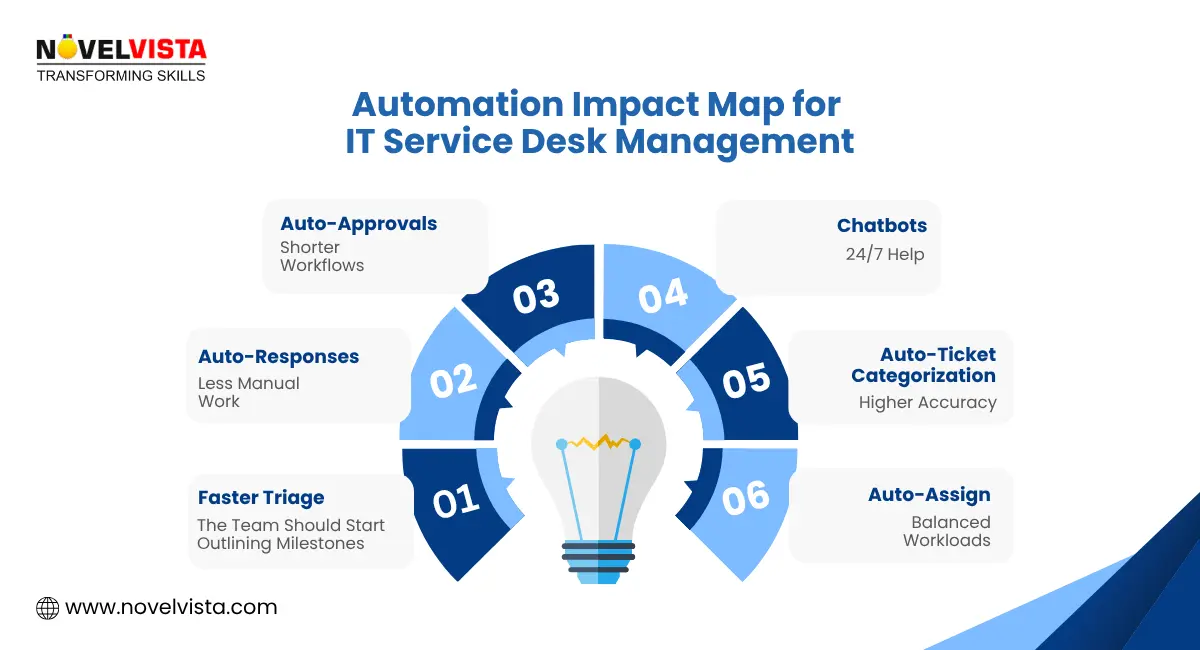
Automation is no longer a “nice to have.” It’s one of the strongest levers for shaping modern IT Service Desk Management. Whether it's routing tickets, answering FAQs, or auto-approving simple requests — small automations remove a lot of manual work.
Examples that make a real difference:
- AI-based routing sends tickets to the right agent without delays.
- Chatbots handle common queries instantly.
- Automated workflow triggers remind teams about pending work or SLA deadlines.
- Auto-responses help users feel heard while the team prepares the fix.
This improves IT Service Desk Efficiency, reduces backlog, and gives agents more time for real problem-solving. And yes — it directly supports IT Service Delivery Improvement by making everything faster and more predictable.
Teams that consistently succeed with automation are the ones that start small and refine rules based on real usage patterns. In several IT departments, even simple routing automations reduced misassigned tickets by over 25%, directly improving SLA performance. Insights like these reinforce how thoughtful automation quickly turns into measurable results for support teams.
Create a High-Value Self-Service & Knowledge Base Portal
If there’s one thing that consistently cuts IT Service Desk Cost, it’s self-service. A strong knowledge base lets users solve simple issues without waiting for an agent.
Why it works so well:
- Self-help reduces ticket volume, giving agents breathing room.
- Users get answers instantly instead of waiting in queues.
- Your team spends more time on meaningful tasks rather than repeating the same steps 20 times a day.
This is why self-service is always part of strong Service Desk Best Practices. When the portal is updated, easy to search, and full of real solutions, the entire support cycle becomes lighter and more user-friendly.
Master Service Terminology – 25 Must-Know Terms for Service Managers
Get a simple, clear glossary that explains the 25 essential
terms every service manager relies on inside the ITIL SVS.
Provide Multi-Channel Support Without Losing Consistency
Users reach out in different ways — email, chat, phone, ticket forms, or even walk-ups. Offering multiple channels is important, but keeping everything consistent is where the real skill lies.
Good IT Service Desk Management focuses on:
- Giving the same clarity and professionalism across every channel.
- Making sure requests from all sources land in one place.
- Ensuring agents follow the same steps no matter how the request arrives.
When multi-channel support is consistent, IT Service Desk Efficiency stays high, and users feel supported instead of confused.
Set Clear and Measurable SLAs
When replies are slow, deadlines slip, or expectations clash, it usually means SLAs weren’t defined well. Clear SLAs work like a shared promise between the service desk and users, setting simple rules for how quickly help should arrive and what resolution times look like.
Why strong SLAs matter:
- They remove guesswork for everyone: Clear response and resolution targets stop users from chasing updates and help agents plan their work without panic.
- They support Service Desk Best Practices: Well-defined SLAs create order, help with ticket prioritization, and keep daily operations steady.
- They help control IT Service Desk Cost: When you know how long tasks should take, it becomes easy to spot delays, improve workflows, and reduce rework.
- They boost user trust: Predictability improves satisfaction because people like knowing when they’ll get help.
- They drive IT Service Delivery Improvement: SLA reports show trends, delays, and workload issues, making it easier to fix problem areas.
A strong SLA isn’t just a rulebook — it keeps the entire service desk predictable, fair, and easier to manage.
Invest in Ongoing Training and Skill Development
A service desk is only as strong as the people running it. Tools help, workflows help, but it’s the team’s skills that decide how fast and how confidently issues get resolved. When agents get regular training, they stay sharp, updated, and ready to handle whatever comes their way.
Here’s what smart skill development looks like:
- Soft skills training to improve user interactions: When agents communicate clearly and calmly, even tough issues feel easier for users. Soft skills also reduce escalation and build trust.
- Technical refresher sessions to strengthen troubleshooting: Regular practice with new tools, updated systems, and common root causes helps agents resolve issues faster and with fewer handovers.
- Tool training to keep up with evolving platforms: Service desks rely on ticketing tools, monitoring dashboards, and automation systems. Training ensures everyone uses these tools properly and avoids mistakes.
- Role-based upskilling to support long-term IT Service Desk Management: Junior agents can grow into senior roles, team leads can refine coaching skills, and specialists can deep-dive into advanced areas. Growth keeps motivation high and turnover low.
Investing in people doesn’t just improve performance — it reduces costs by lowering rework, preventing escalations, and making the team more self-sufficient.
Track the Right Metrics for Better IT Service Desk Cost Control

A service desk without metrics is like driving with your eyes closed. You might move, but you won’t know whether you’re going the right way. Tracking the right numbers helps you understand what’s working, what’s failing, and where improvements can create real cost savings.
The most useful KPIs include:
- First Contact Resolution (FCR): A higher FCR means fewer follow-ups and less agent time spent repeating work. It’s one of the clearest indicators of efficiency.
- Customer Satisfaction (CSAT): Simple feedback scores help you understand how users feel about the service and which areas need attention.
- Mean Time to Resolve (MTTR): This helps identify delays, slow processes, or bottlenecks that cost both time and money.
- Ticket backlog and queue health: A growing backlog signals understaffing, unclear workflows, or gaps in automation.
- Ticket trends and common categories: When you know which issues appear repeatedly, you can fix the root cause instead of answering the same ticket forever.
With solid metrics in place, decisions become smarter, costs go down naturally, and service delivery becomes more predictable.
Encourage User Feedback and Open Communication
Sometimes the quickest solutions come from simply listening to users. Feedback isn’t just for surveys — it’s a steady source of ideas, early warnings, and improvement opportunities.
Here’s why feedback loops matter:
- They uncover problems before they become big: Users often spot broken links, confusing forms, or common issues long before the team notices.
- They guide more effective Service Desk Best Practices: Real-world feedback shows what’s genuinely helpful and what needs rework.
- They build a collaborative support environment: When users feel heard, they report issues early, communicate better, and trust the service desk more.
- They help refine documentation and self-service content: If users are repeatedly asking the same questions, it’s a sign that your knowledge base needs updating.
Open communication saves time, reduces friction, and gives teams a clearer direction for improvement.
Integrate Continuous Improvement for Sustainable Results
The best service desk teams never stop evolving. Even small tweaks — a new automation rule, a refined template, or a smarter routing process — can bring long-term benefits.
Here’s what continuous improvement looks like in practice:
- Regular process reviews to remove outdated steps: Over time, systems change. Reviewing workflows keeps the service desk lean and efficient.
- Updates to automation and AI rules: As new patterns emerge, automation needs to adapt. Fine-tuning ensures quicker resolutions and fewer manual tasks.
- Frequent audits of ticket categories and trends: These audits help catch repeating issues, unnecessary workload, and gaps in documentation.
- Team discussions around lessons learned: Weekly or monthly sessions help everyone share insights, refine processes, and adopt better habits.
When continuous improvement becomes part of the culture, service delivery feels smoother, costs drop naturally, and user satisfaction rises.
Conclusion
A strong service desk isn’t built on tools alone — it’s built on the right habits, steady improvements, and a team that knows exactly how to support the business. When you bring these Service Desk Best Practices together, everything starts to feel lighter. Tickets don’t pile up the same way, users get answers faster, and your team works with far more confidence. Costs settle down because there’s less rework, fewer escalations, and smoother workflows across the board.
The recommendations in this guide align with proven ITIL practices, insights from ITSM implementation experience, and findings from leading service desk industry reports. Combining these perspectives ensures the advice is practical, reliable, and easy for teams to apply.
If you’re aiming for long-term IT Service Delivery Improvement and a support team that feels solid, predictable, and easy to manage, these practices are the foundation to build on.
Next Step
If you want to take your service desk skills even further, this is the right moment to level up. NovelVista’s Service Desk Professional training gives you practical, real-world skills to handle support challenges with confidence. And if you want a bigger leap in your IT career, the ITIL 4 Foundation Certification from NovelVista helps you build a strong understanding of modern IT service management. Take the next step and grow your career with the right training.
Frequently Asked Questions
Author Details

Mr.Vikas Sharma
Principal Consultant
I am an Accredited ITIL, ITIL 4, ITIL 4 DITS, ITIL® 4 Strategic Leader, Certified SAFe Practice Consultant , SIAM Professional, PRINCE2 AGILE, Six Sigma Black Belt Trainer with more than 20 years of Industry experience. Working as SIAM consultant managing end-to-end accountability for the performance and delivery of IT services to the users and coordinating delivery, integration, and interoperability across multiple services and suppliers. Trained more than 10000+ participants under various ITSM, Agile & Project Management frameworks like ITIL, SAFe, SIAM, VeriSM, and PRINCE2, Scrum, DevOps, Cloud, etc.
Course Related To This blog
ITIL® 4 Foundation Certification
Confused About Certification?
Get Free Consultation Call



